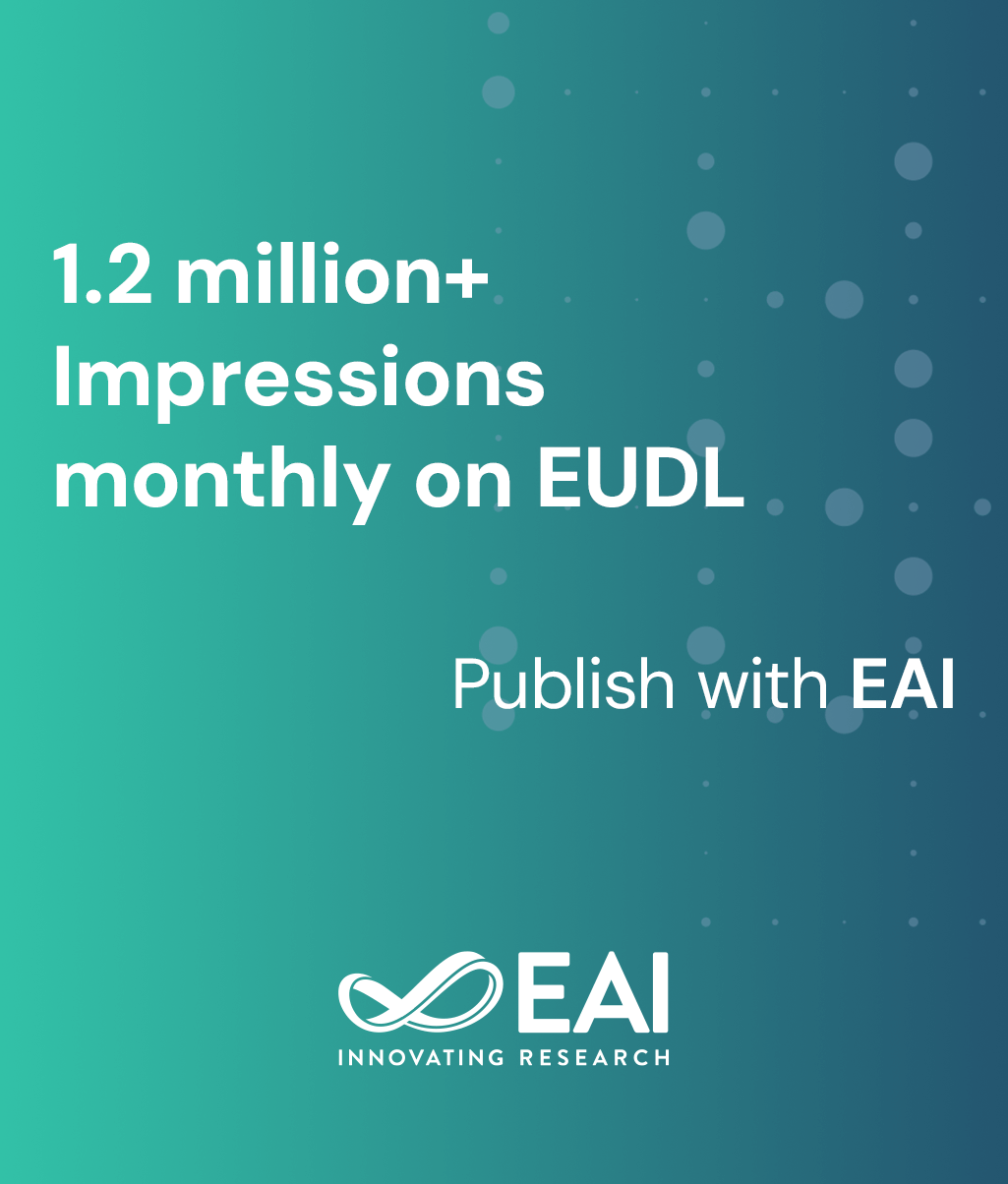
Research Article
Design and Use of Deep Confidence Network Based on Crayfish Optimization Algorithm in Automatic Assessment Method of Hearing Effectiveness
@ARTICLE{10.4108/eetsis.4847, author={Ying Cheng}, title={Design and Use of Deep Confidence Network Based on Crayfish Optimization Algorithm in Automatic Assessment Method of Hearing Effectiveness}, journal={EAI Endorsed Transactions on Scalable Information Systems}, volume={11}, number={3}, publisher={EAI}, journal_a={SIS}, year={2024}, month={2}, keywords={automatic assessment of listening effectiveness, listening strategy assessment system, crayfish optimization algorithm, deep learning network}, doi={10.4108/eetsis.4847} }- Ying Cheng
Year: 2024
Design and Use of Deep Confidence Network Based on Crayfish Optimization Algorithm in Automatic Assessment Method of Hearing Effectiveness
SIS
EAI
DOI: 10.4108/eetsis.4847
Abstract
INTRODCTION: Listening strategy analysis and assessment not only need objective and fair sound listening strategy analysis, but also need high-precision and high real-time assessment model, and even more need in-depth analysis and feature extraction of the influencing factors of listening assessment. OBJECTIVES: To address the problems of current automatic assessment methods, such as non-specific application, poor generalization, low assessment accuracy, and poor real-time performance. METHODS: This paper proposes an automatic assessment method based on a deep confidence network based on crawfish optimization algorithm. First, the multi-dimensional listening strategy evaluation system is constructed by analyzing the listening improvement strategy; then, the depth confidence network is improved by the crayfish optimization algorithm to construct the automatic evaluation model; finally, through the analysis of simulation experiments. RESLUTS: The proposed method improves the evaluation accuracy, robustness, and real-time performance. The absolute value of the relative error of the automatic evaluation value of the proposed method is controlled in the range of 0.011, and the evaluation time is less than 0.005 s. The method is based on a deep confidence network based on the crayfish optimization algorithm. CONCLUSION: The problems of non-specific application of automated assessment methods, poor generalization, low assessment accuracy, and poor real-time performance are addressed.
Copyright © 2024 Y. Chen et al., licensed to EAI. This is an open access article distributed under the terms of the CC BY-NC-SA 4.0, which permits copying, redistributing, remixing, transformation, and building upon the material in any medium so long as the original work is properly cited.


